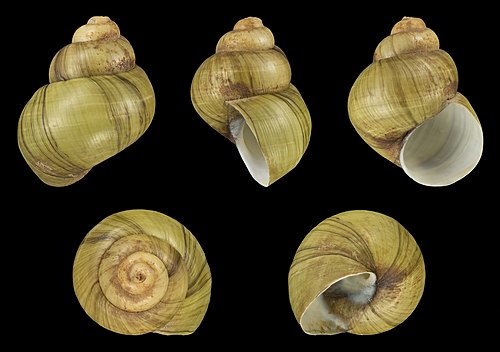User:Aibarr
| Wikipedia:Babel | ||||
|---|---|---|---|---|
| ||||
| Search user languages |
Aibarr used to be a structural forensics associate with a major failure analysis firm's branch office in Los Angeles, but she has recently decided that she's not paid enough to deal with intellectual abuse and decided to take a higher-paying, more rewarding job in her home state of Texas, designing hospitals and stadiums and other really awesome structures with a really fantastic firm at their Houston headquarters. She was formerly a civil engineering graduate student at the University of Illinois, her primary function there having been bemoaning the endless expanse of corn fields she'd managed to move to. Yes, she is — rather shockingly — a female engineer, but sorry guys, she's taken. In fact, she's got a ring and she's getting hitched.
Professionally and academically, Aibarr is a structural engineering associate with research interests in structural failure and seismic retrofit, being the only known expert in the very narrow field of consequence-based retrofit prioritization of Southern Illinois bridge networks. She has additionally written a fairly extensive and comprehensive field guide to weld discontinuities, though nobody actually uses it. Her interests include music in a wide range of genres, insulting thousands of college sports fans at a go, and helping drunken Brits find their lost chickens. You can hear her read the spoken version of macular degeneration.
Legal disclaimer: This user page primarily reflects the opinions, tastes, and misinformation of Laura Scudder. Not for use by children under age 5. Includes small parts and choking hazards.
Useful stuff[edit]
- Wikipedia:Manual of Style
- Wikipedia:Templates
- Wikipedia:Simplified Ruleset
- Wikipedia:Ignore all rules
Fun stuff[edit]
| This is a Wikipedia user page. This is not an encyclopedia article or the talk page for an encyclopedia article. If you find this page on any site other than Wikipedia, you are viewing a mirror site. Be aware that the page may be outdated and that the user whom this page is about may have no personal affiliation with any site other than Wikipedia. The original page is located at https://en.wikipedia.org/wiki/User:Aibarr. |

